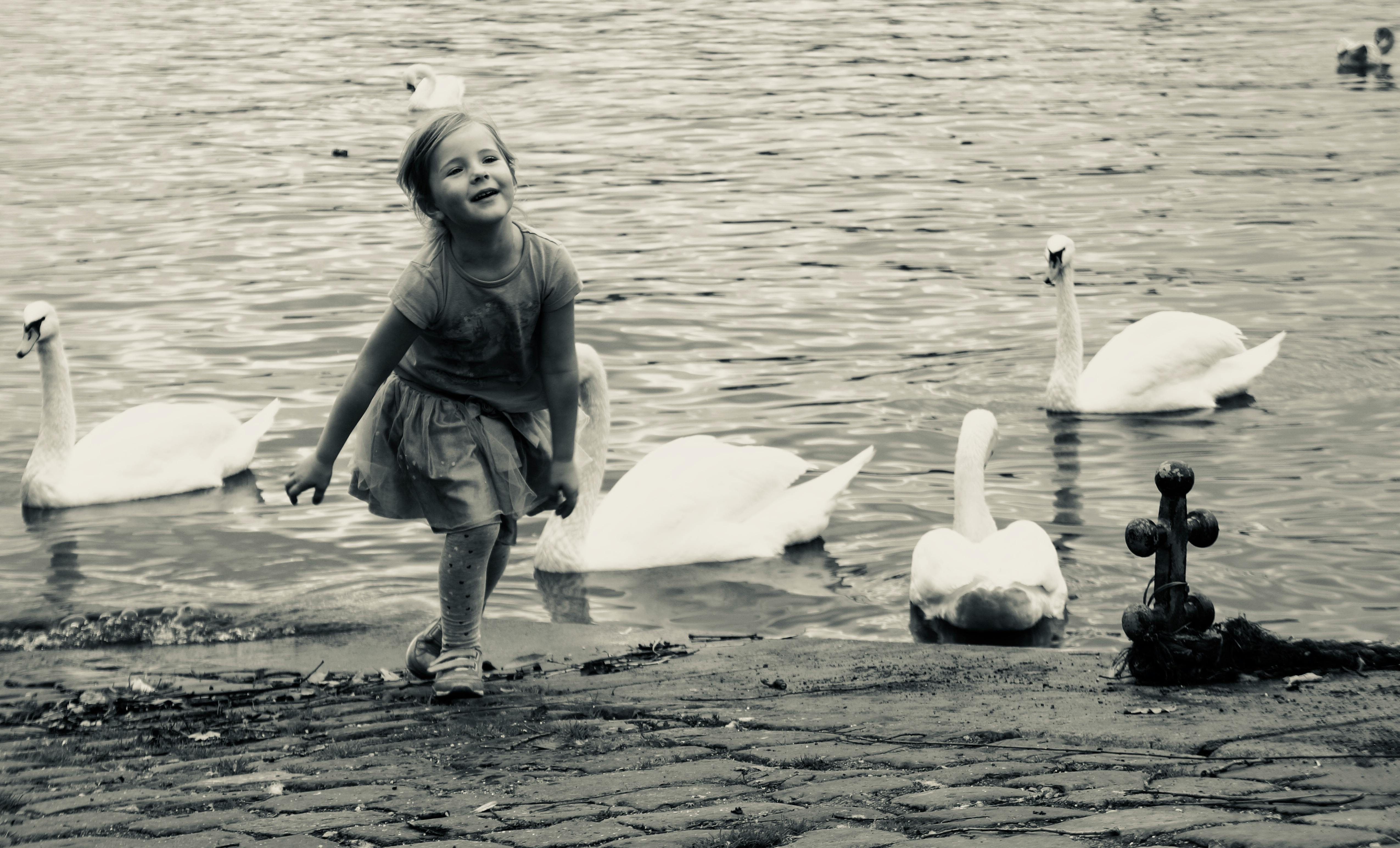
Editors Note
Birds are extraordinary. They pollinate wildflowers, control pests, clean up ecosystems, disperse seeds, and transform entire landscapes. In the United States, hummingbirds are vital pollinators for wildflowers. Beyond their ecological roles, birds also have inspired human innovations and advances, such as Darwin’s groundbreaking theories on evolution drawn from his observations of Galápagos finches, the technology of flight, or the invention of zippers modeled on feather barbules. But birds offer more than biological services and scientific inspiration: they are also storytellers of the natural world, acting as sentinels for environmental health because of their sensitivity to any environmental changes.
However, they are not just “useful” for the environment and a constant source of inspiration for science: because of their vibrant colors, graceful movements, and melodious songs, they have captivated the human imagination, sparking creativity across cultures and continents. Since the dawn of time (we can see representation of birds in prehistoric caves), artists have celebrated birds in paintings, poetry, music, and dance. Birds’ mysterious seasonal migrations and their intricate relationships with nature have long served as muses for art and storytelling.
In my own research, I explored new ways of reading bird figures in texts and in visual artworks, tracing the question of zoopoetics across a variety of artistic genres and historical periods, and considering the exchanges of material and meaning between humans and nonhuman animals. Often, these works carry messages about ecology, the environment, and humanity’s connection to the natural world.
I decided to launch the Birds in Arts and Media Vertically Integrated Project (VIP) at Georgia Tech to explore with Georgia Tech students what a shared fascination with birds can inspire. Through this project, I discovered that birds resonate strongly on our Georgia Tech campus. Students and faculty alike have expressed their enthusiasm, from admiring avian beauty and identifying bird species on campus to addressing pressing concerns such as bird collisions with campus buildings. Together with a group of passionate students, we’ve created this new online magazine, Plumage, as a reflection of our relationships with birds—both globally, through French and Francophone literature and visual arts, and locally, in Atlanta’s ecosystems and scientific community.
Art and science are both fueled by curiosity and imagination. This magazine brings those worlds together in six sections: Bird of the Month, Arts and Culture, Stories, Interviews, Birds in Atlanta, and Games and Comics. For this inaugural issue, we chose to focus on one iconic bird: the swan. Elegant and mysterious, the swan has captivated our imagination for centuries. Many artists have, for example, used Leda and Zeus’ iconic imagery, one of the most disturbing tales from Greek mythology. The Swan Lake ballet composed by Pyotr Ilyich Tchaikovsky in 1875–76 is one of the most popular ballets of all time. In literature, music, painting, and contemporary dance the swan has an enduring presence. Beyond its artistic allure, the swan also serves as a symbol of ecological fragility and resilience, highlighting the pressing need to protect its threatened habitats.
We hope that this inaugural issue is the beginning of an ambitious project that bridges arts and sciences, aiming to explore birds’ significance in diverse contexts—from creative works to ecological challenges. I am incredibly proud of this first group of students and hope that others will join us in the semesters to come. We hope you enjoy this first issue of our magazine, and we look forward to taking you on a journey through the inspiring world of birds.
Dr. Stéphanie Boulard, Professor of French Literature and Visual Arts at Georgia Institute of Technology